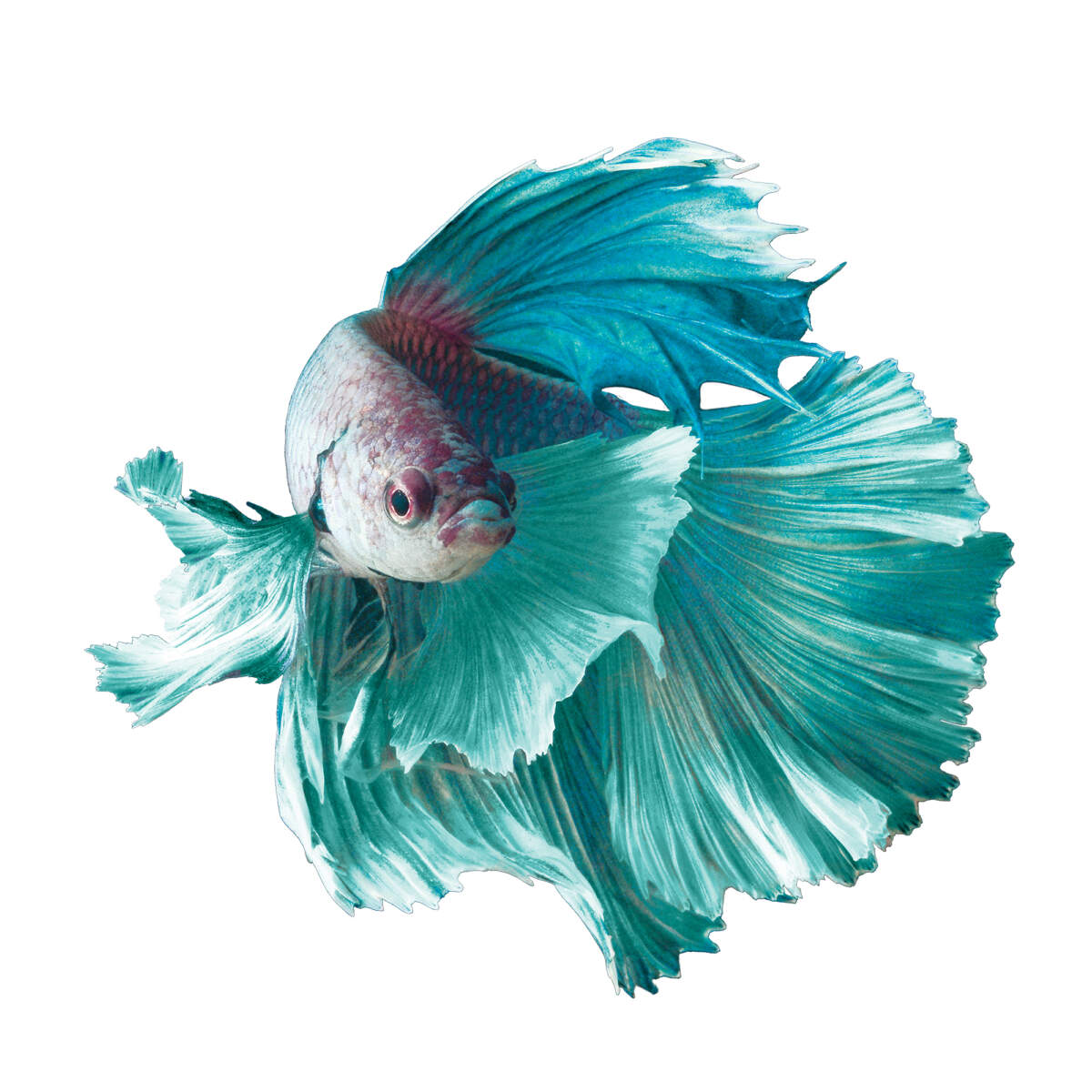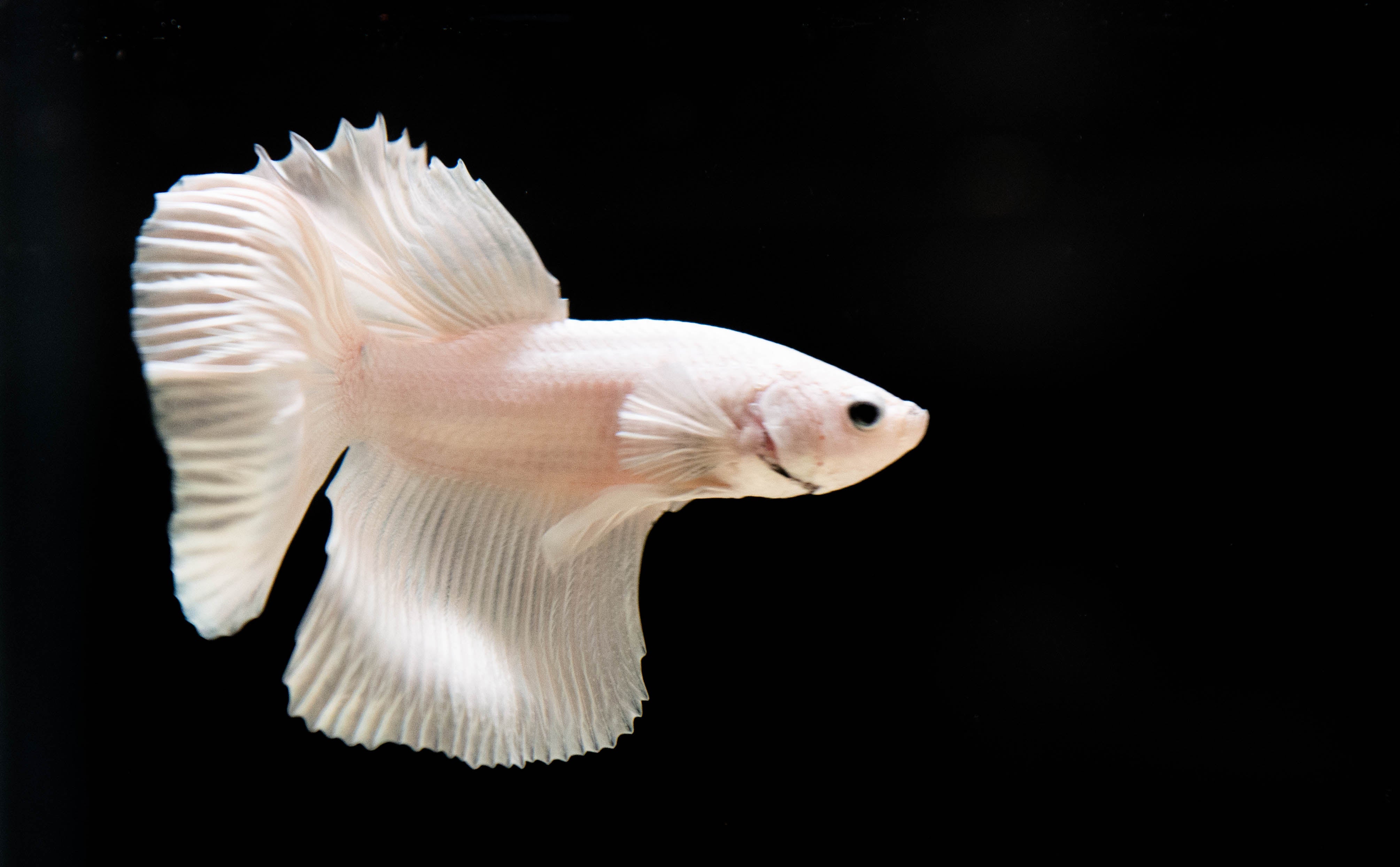Just how to Choose the Right Betta Fish for Your Fish tank
Just how to Choose the Right Betta Fish for Your Fish tank
Blog Article
Reproducing Betta Fish: a Comprehensive Step-By-Step Guide to Successfully Raising Child Bettas From Eggs to Adulthood
Reproducing Betta fish is a thorough endeavor that calls for careful preparation and execution to guarantee the successful advancement of fry from eggs to develop fish. Choosing genetically varied breeding pairs with preferable characteristics is only the beginning; creating an optimum atmosphere and understanding the complexities of the reproducing procedure are just as important. As the male Betta carefully constructs a bubble nest and guards the precious eggs, the subsequent stages of care and shift need attention to information and understanding of best practices. How does one browse the challenging yet fulfilling course of nurturing these lively creatures to their adult years?

Selecting Reproduction Pairs
When starting the trip of reproducing Betta fish, picking the ideal reproduction pairs is essential to accomplishing preferable qualities and a healthy lineage - betta fish. The very first action in this procedure is to recognize the specific qualities you want to boost or maintain, such as shade, fin type, and body shape. It is important to select genetically diverse pairs to avoid inbreeding, which can result in health and wellness issues and undesirable characteristics
Review potential breeding prospects meticulously. A healthy and balanced male Betta must display vibrant shades, an energetic demeanor, and well-formed fins, while the female needs to additionally display vibrant pigmentation and a rounded stubborn belly, indicating preparedness for spawning. Observing the character of both fish is crucial, as aggressive or excessively timid people might not breed successfully.
Maintaining documents of the moms and dad fish's origins can assist you track genetic characteristics and prospective issues. Inevitably, spending time in the option process will substantially boost the probability of creating solid, vivid spawn that fulfill your breeding objectives.

Preparing the Breeding Tank
Creating an ideal reproduction environment is a crucial action after picking suitable sets for Betta fish. The breeding storage tank must be specifically developed to provide comfort and stimulate the all-natural breeding actions of the fish. Begin with a tank dimension of at least 10 gallons to guarantee sufficient space for both the male and women Bettas.
Keep a gentle filtering system to keep the water clean while avoiding strong currents that can emphasize the fish. In addition, an air rock can be included in offer oxygenation without interfering with the water surface way too much.
Temperature policy is essential; go for a stable series of 78-82 ° F(25-28 ° C) making use of a dependable heating system. The pH level need to be preserved in between 6.5 and 7.5, and normal water adjustments are essential to guarantee high water high quality.
Include drifting plants or spawning mops to produce hiding spots for the lady, while likewise urging bubble nest building by the male - betta fish. Ensure the container is totally free from sharp designs and any kind of possible threats, as the welfare of the fish ought to constantly be prioritized throughout this critical phase of breeding.
The Reproduction Refine
Commonly, the reproducing procedure for Betta fish involves a collection of distinctive and evident actions that discover this indicate readiness for reproduction. The male Betta starts by developing a bubble nest at the water's surface area, which works as a site for the fed eggs. This nest is vital, as it supplies a safe environment for the eggs up until they hatch.
As soon as the nest is established, the male will certainly display courtship behaviors, such as flaring his fins and exhibiting dynamic colors to draw in the female. The female, upon picking up the man's readiness, will certainly respond by showing upright red stripes along her body, indicating her receptiveness.
When the female methods, the male involves in a mating dance, frequently leading to an accept referred to as the "spawning." During this accept, the woman launches her eggs, which the male feeds right away. The fertilized eggs after that are up to the bubble nest, where the male meticulously gathers and returns them to the nest. Following this, the male thinks obligation for safeguarding the nest and guaranteeing the safety and security of the eggs until they hatch out, generally within 24-36 hours. This phase is crucial in the breeding process, laying the structure for successful fry development.
Caring for Betta Fry
Caring for Betta over here fry needs cautious attention to their environment and nutrition to guarantee healthy and balanced development and advancement. After hatching, Betta fry are exceptionally little and susceptible, demanding a secure and tidy environment.
Feeding Betta fry is equally important. At first, they must be used infusoria or finely crushed top quality fry food, as their mouths are as well small to deal with larger bits. As they expand, you can progressively present bigger foods, such as child salt water shrimp or powdered flakes, to ensure they obtain adequate nourishment. Feed them small quantities numerous times a day, taking care not to overfeed, which can cause water quality problems.
Transitioning to Adult Bettas
As Betta fry mature, transitioning them to grown-up Bettas is an essential phase that calls for cautious management of their environment and social communications. This process typically begins when the fry get to around six weeks old, at which point they can be gradually introduced to a much more organized living atmosphere.
To facilitate this change, it is vital to make certain that the water parameters-- such as temperature level, pH, and ammonia degrees-- are optimum and steady. Adult Betta fish thrive in cozy water (around 78-80 ° F) with a pH of 6.5 to 7.5. Gradually accustom the fry to these conditions to minimize anxiety.
Social communications are one more crucial element; man Bettas are infamously territorial and hostile. As a result, it is suggested to separate males right into specific tanks as they mature. Female Bettas can be housed Extra resources together, yet treatment must be required to keep track of for indications of aggressiveness.
Additionally, dietary adjustments need to be made as the fry expand. Integrate high-quality pellets and live foods to sustain their development and health. By handling these aspects effectively, you can advertise a successful transition to their adult years for your Betta fish.

Verdict
Effective reproduction of Betta fish needs cautious interest to detail throughout the whole procedure, from selecting genetically varied pairs to supplying ideal care for fry. Additionally, a well balanced diet plan and progressive adaptation to adult atmospheres are crucial for the growth and advancement of Betta fish.
Report this page